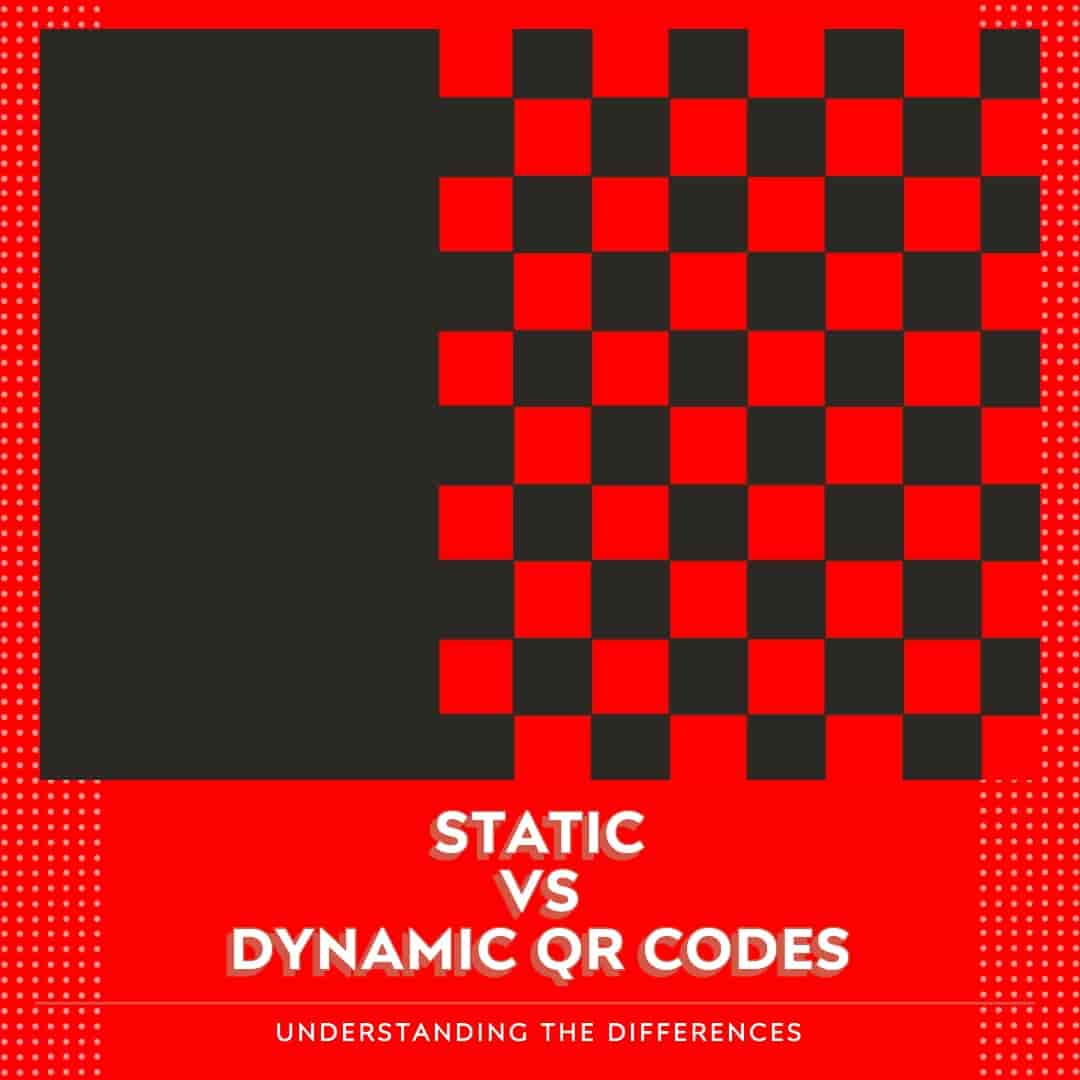QR codes have become ubiquitous in our digital lives, serving as a convenient bridge between physical and digital interactions. They are used for a multitude of purposes, from sharing URLs to facilitating mobile payments. However, not all QR codes are created equal. One of the most fundamental distinctions is between static and dynamic QR code types. This article aims to elucidate the differences between these two types, exploring their unique features, applications, and advantages.

The Basics of QR Code Technology
QR codes, or Quick Response codes, are two-dimensional barcodes that store data in a pattern of black and white squares. These codes can be scanned using a QR code reader, which is often a feature integrated into smartphones. The data stored can range from simple text and URLs to more complex forms of data like Wi-Fi passwords or payment details.
Static QR Codes
Definition and Features
Static QR codes are the most basic form of QR codes. Once generated, the data within a static QR code cannot be changed. They are a one-time programmable entity, meaning the data they contain is fixed for the lifetime of the code.
Applications
- Business Cards: Embedding contact information.
- Product Labels: Providing basic product information.
- Print Advertisements: Directing users to a specific URL.
Advantages
- Simplicity: Easy to create and use.
- No Maintenance: Once generated, they require no further upkeep.
- Universal Compatibility: Can be scanned by any QR code reader.
Dynamic QR Codes
Definition and Features
Dynamic QR codes are advanced QR codes that offer the ability to change the stored data even after the code has been generated. They are usually created through platforms that offer tracking and analytics.
Applications
- Marketing Campaigns: Easily update the target URL to align with evolving marketing strategies.
- Event Ticketing: Update event details or even change the event itself.
- Inventory Management: Update product information in real-time.
Advantages
- Flexibility: Data can be updated without changing the QR code itself.
- Tracking and Analytics: Monitor the performance and usage of the QR code.
- Error Correction: Mistakes in the stored data can be corrected post-generation.
Key Differences at a Glance
- Mutability: Static QR codes are immutable, while dynamic QR codes can be updated.
- Data Capacity: Both can store similar types of data, but dynamic QR codes allow for that data to be changed.
- Tracking: Dynamic QR codes offer analytics, while static QR codes do not.
- Complexity: Dynamic QR codes are generally more complex to create and manage due to their advanced features.
Final Thoughts
Understanding the difference between static and dynamic QR code types is crucial for anyone looking to leverage QR codes for personal or business use. While static QR codes offer simplicity and universal compatibility, dynamic QR codes provide the flexibility and analytics needed for more complex applications. By choosing the right type of QR code, you can optimize your data-sharing and tracking capabilities, enhancing both efficiency and engagement.